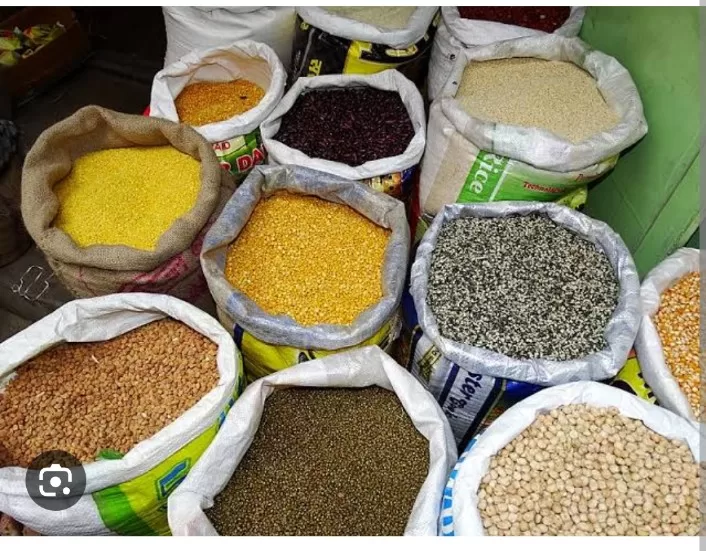In a bid to combat the challenges posed by erratic weather conditions and bolster food security, the Indian government unveiled a formidable target for Rabi foodgrains production. The esteemed goal, set at a staggering 161.2 million tonnes, aims to secure the nation’s food supply in the 2023-24 crop year, which spans from July to June.
Amid concerns sparked by extreme heat waves and erratic monsoon patterns that marred agricultural output in recent years, the government has doubled down on efforts to safeguard wheat production. A record-breaking wheat output of 114 million tonnes is the key focus for the upcoming Rabi season, commencing with wheat sowing in October and culminating in the harvest during March-April.
A pivotal strategy in achieving this target is the cultivation of climate-resistant varieties, which the government aims to introduce across 60% of the total wheat cultivation area, totaling 30 million hectares. Climate-resilient seeds are seen as a crucial countermeasure against the unpredictable shifts in weather patterns that have disrupted crop yields.
Moreover, the government recognizes the urgency of bolstering the production of pulses and oilseeds, commodities whose yields have dwindled in recent years. To this end, the government has devised a plan to divert land from surplus crops like rice and wheat toward deficit commodities like oilseeds and pulses. High-value export crops are also part of this vision.
For the impending Rabi season, targets have been set at 18.1 million tonnes for pulses and 14.5 million tonnes for oilseeds. These ambitions extend to the entire crop season, with an overarching goal of producing 29.2 million tonnes of oilseeds and a substantial 44 million tonnes of oilseeds in total.
Agriculture Secretary Manoj Ahuja emphasized a multifaceted approach, including inter-cropping, crop diversification, and enhanced productivity through high-yield varieties and agronomic practices tailored to low-yielding regions. These strategies are set to address the yawning gap in crop production yields.
To surmount the challenges, the government is determined to make the nation self-sufficient in pulses and oilseeds production by 2025. Ambitious projects such as inter-cropping and expansion in high-potential districts are expected to play a pivotal role in achieving these objectives.
Furthermore, reducing import dependency on edible oilseeds is a key aim, with plans to boost domestic production from 36.2 million tonnes to 54.1 million tonnes and edible oil production from 8.5 million tonnes to 13.6 million tonnes by 2025-26.
Fertilizer Secretary Rajat Kumar Mishra underscored the critical role of timely fertilizer supply and balanced nutrient use in achieving these agricultural milestones. Emerging technologies like nano urea and DAP fertilizers are expected to be pivotal in this regard.
In summation, the government’s ambitious targets for Rabi foodgrains and agricultural commodities reflect its commitment to ensuring food security, mitigating the impacts of climate change, and enhancing self-sufficiency in essential agricultural produce. These efforts are poised to transform India’s agricultural landscape and reduce it reliance on imports.






